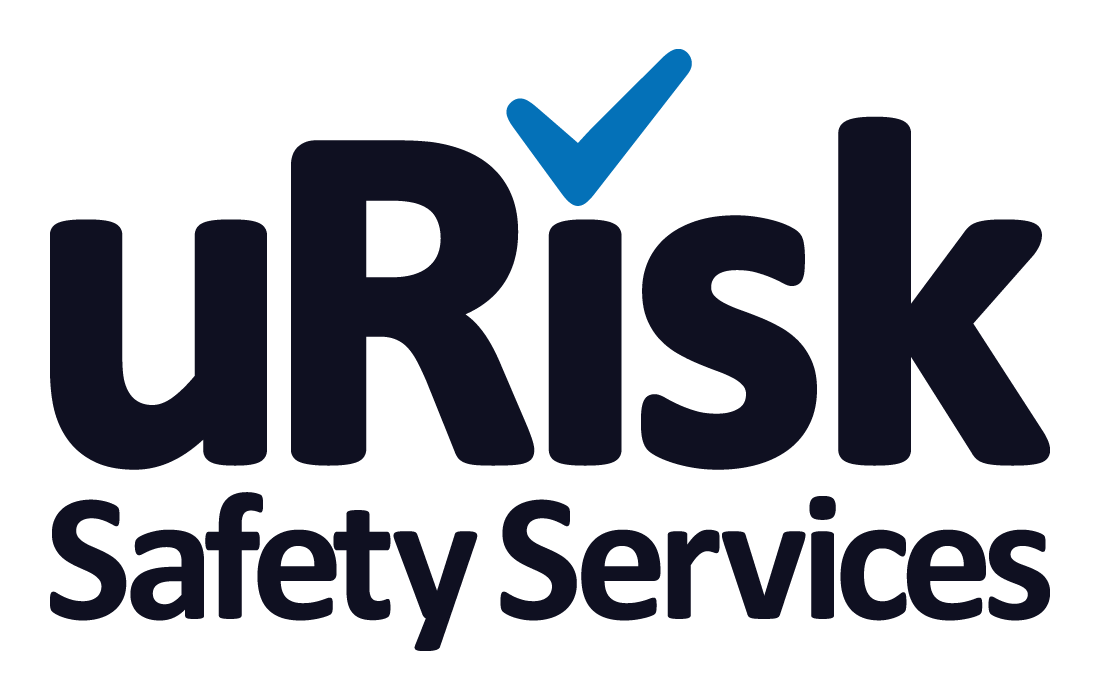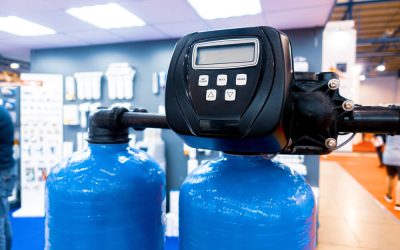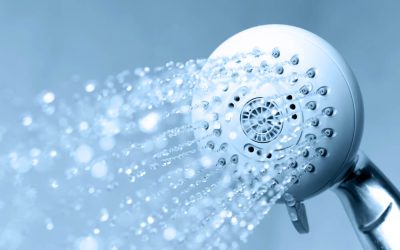No Results Found
The page you requested could not be found. Try refining your search, or use the navigation above to locate the post.
Water Safety in Spas and Leisure Centres
Considering Legionella in Spas and leisure centres first look at how these facilities depend on water in the running of their business. Swimming pools, spa pools, steam rooms and showers are all an integral part of their core business. But the more water-based facilities provided, the greater the risks from legionella. According to the Health and Safety Executive (HSE): “There have been a number of outbreaks linked to spa pools, including those in leisure centres, hotels, holiday homes, cruise ships and those on display.” Spas have gone out of business after outbreaks and also risk big fines. Water safety in spas and leisure centres is something that needs to be taken very seriously.
Health and Safety in Spas and Leisure Centres
The danger points when it comes to legionella bacteria in spas and leisure centres are more likely to be in showers and water-based air conditioning systems. The chlorine that’s used in swimming pools to protect swimmers from E. coli, salmonella and norovirus also protect them from legionella bacteria.
The risks from legionella can come from showers that haven’t been thoroughly cleaned – if pools of water accumulate and aren’t dealt with properly, they could produce the ideal conditions for legionella bacteria to breed, i.e. warm, stagnant water. You should therefore help your staff understand why it is so important to do a thorough job when cleaning showers and changing rooms, getting into all the corners to keep them clean and dry.
Is The Water in Spa Pools Safe?
Legionella bacteria thrive in stagnant water that is between 20°C and 45°C. In a spa pool, the ideal water temperature for humans is around 38°C, so you can see where there might be a problem. Chemicals are used to sanitise the water in a hot tub in the same way they’re used in a swimming pool, but there are other ways for legionella bacteria to get a foothold. The water is stored and recirculated, and the air jet system produces aerosols making it more likely that droplets will be inhaled by people using the spa pool. If you are responsible for the water safety of a spa or leisure centre, download the HSE’s detailed guidance about the control of legionella and other infectious agents in spa-pool systems.
How Often do Spas and Leisure Centres Need to Test Their Water?
Water testing and analysis need to be undertaken every two years, or whenever you make changes to the water system, if the building has been vacant for some time, or whenever you have concerns about the possibility that legionella might be present.
If you would like to make sure you are taking all the precautions necessary at your spa or leisure centre, book a legionella risk assessment. Our experts will take a detailed look at your water system and will make recommendations if there is any work necessary to ensure the safety of your staff and guests.
If you have any questions about any aspect of water safety in spas and leisure centres, please do not hesitate to contact us for advice.
Legionella and Water Hygiene Blog Posts
Comprehensive Water Softener Training Course for Professionals
Water softeners are essential for all many different businesses based in hard water areas. This means water softener training is essential for duty holders, responsible persons and facilities managers with responsibility for looking after cold water systems. ...
Where To Get A Legionella Assessment
Legionella risk assessments are an important part of your company’s health and safety policy. Under health and safety law, it is a requirement to identify, assess and manage the risks from all dangers that may arise from work activities, which includes the legionella...
Legionella Checks for Landlords
If you are a commercial or residential landlord, then legionella checks are a necessary part of your legal health and safety responsibilities. Why do you have to worry about legionella bacteria? Legionella bacteria can be dangerous because they are the cause...



